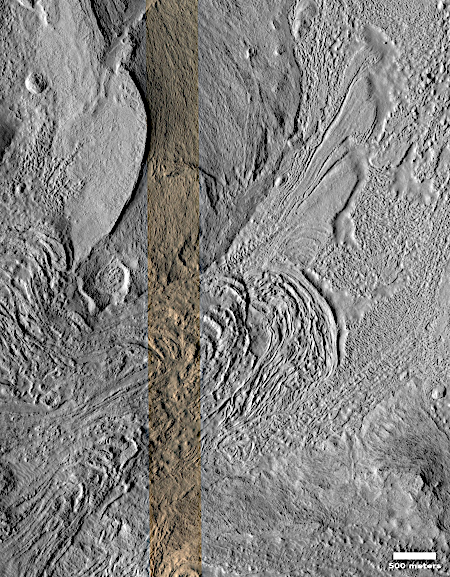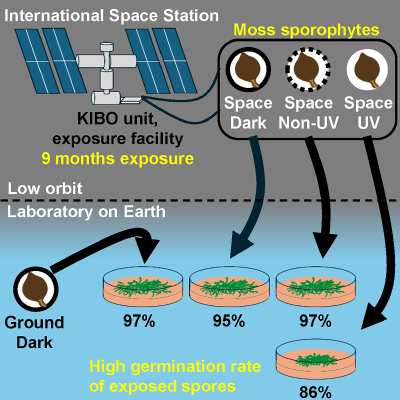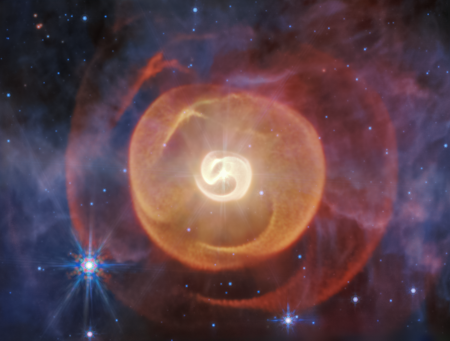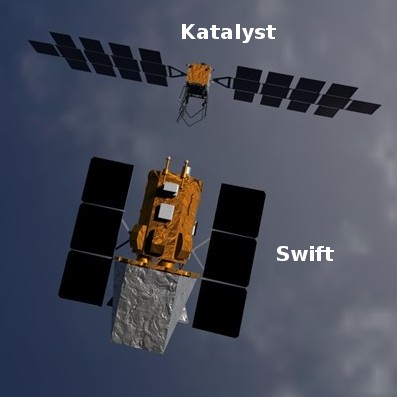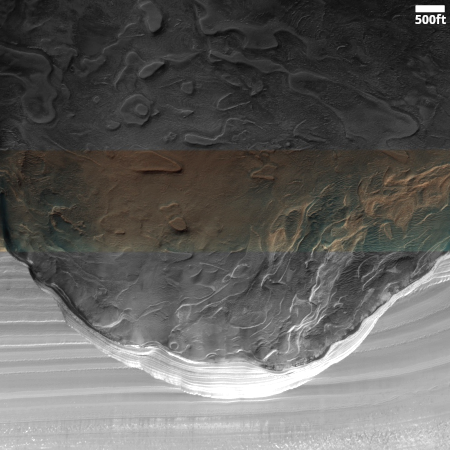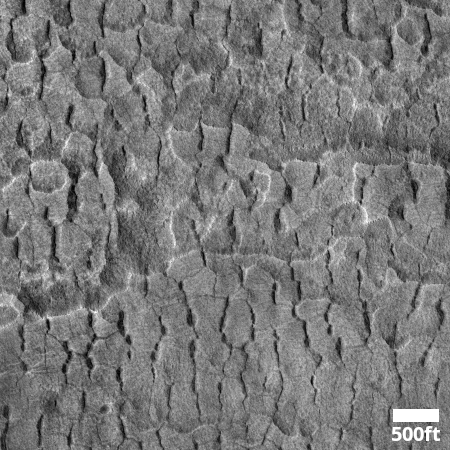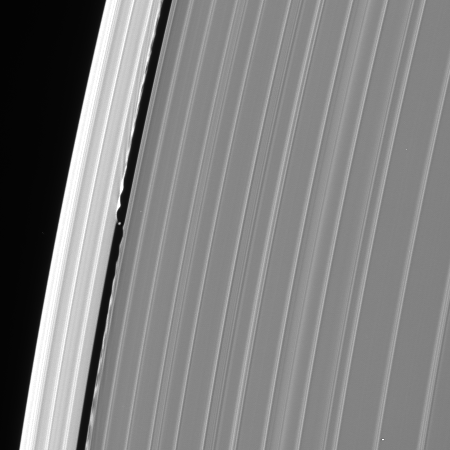New data strengthens the conflict in the observed value for the universe’s expansion rate
The uncertainty of science: New research using a combination of ground- and space-based telescopes has not only failed to resolve the difference between the two values observed for the Hubble constant (the expansion rate of the universe), it actually confirms that conflict.
The graphic to the right nicely illustrates the conflict. Observations from the early universe come up with a value of 67-68 kiloparsecs per second per megaparsec for the Hubble constant. Observations from the present universe, including these new more precise measurements, come up with a value of 73-74. From the press release:
A team of astronomers using a variety of ground and space-based telescopes including the W. M. Keck Observatory on Maunakea, Hawaiʻi Island, have made one of the most precise independent measurements yet of how fast the universe is expanding, further deepening the divide on one of the biggest mysteries in modern cosmology.
Using data gathered from Keck Observatory’s Cosmic Web Imager (KCWI) as well as NASA’s James Webb Space Telescope (JWST), the Hubble Space Telescope (HST) the Very Large Telescope (VLT), and European Organisation for Astronomical Research in the Southern Hemisphere (ESO) researchers have independently confirmed that the universe’s current rate of expansion, known as the Hubble constant (H₀), does not match values predicted from measurements from the universe when it was much younger.
Cosmologists call this conflict “the Hubble Tension”, a absurd fake term expressly designed to hide the fact that they have no idea what’s going on. It isn’t “tension”, it is a perfect example of good observations coming up with contradictory data that no theory can explain.
The uncertainty of science: New research using a combination of ground- and space-based telescopes has not only failed to resolve the difference between the two values observed for the Hubble constant (the expansion rate of the universe), it actually confirms that conflict.
The graphic to the right nicely illustrates the conflict. Observations from the early universe come up with a value of 67-68 kiloparsecs per second per megaparsec for the Hubble constant. Observations from the present universe, including these new more precise measurements, come up with a value of 73-74. From the press release:
A team of astronomers using a variety of ground and space-based telescopes including the W. M. Keck Observatory on Maunakea, Hawaiʻi Island, have made one of the most precise independent measurements yet of how fast the universe is expanding, further deepening the divide on one of the biggest mysteries in modern cosmology.
Using data gathered from Keck Observatory’s Cosmic Web Imager (KCWI) as well as NASA’s James Webb Space Telescope (JWST), the Hubble Space Telescope (HST) the Very Large Telescope (VLT), and European Organisation for Astronomical Research in the Southern Hemisphere (ESO) researchers have independently confirmed that the universe’s current rate of expansion, known as the Hubble constant (H₀), does not match values predicted from measurements from the universe when it was much younger.
Cosmologists call this conflict “the Hubble Tension”, a absurd fake term expressly designed to hide the fact that they have no idea what’s going on. It isn’t “tension”, it is a perfect example of good observations coming up with contradictory data that no theory can explain.











